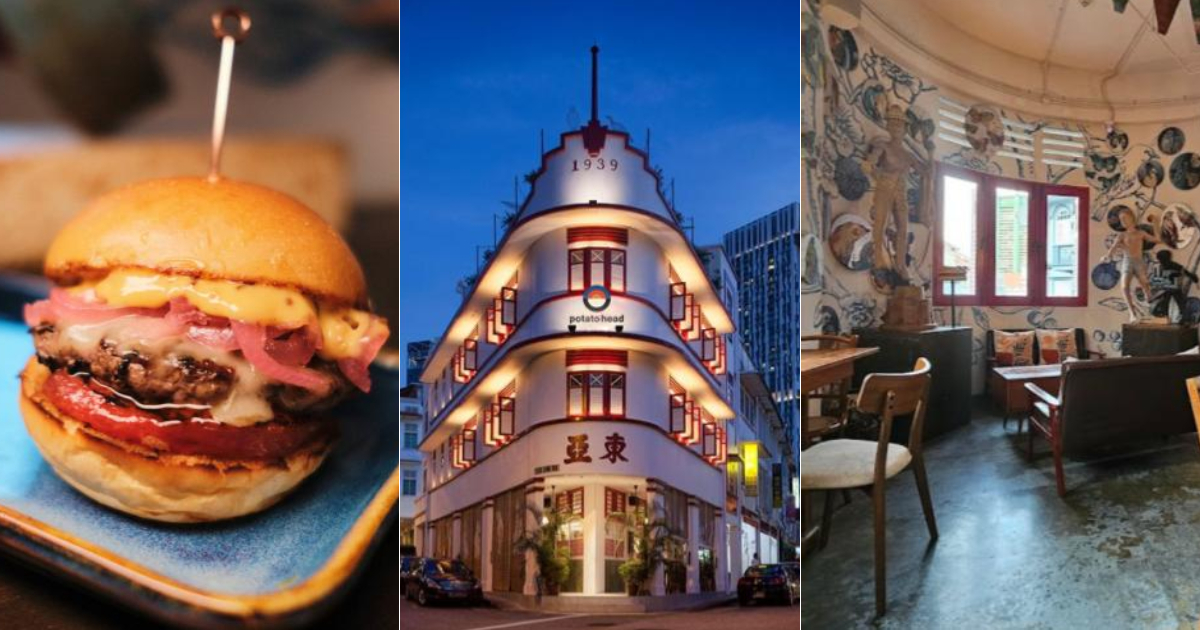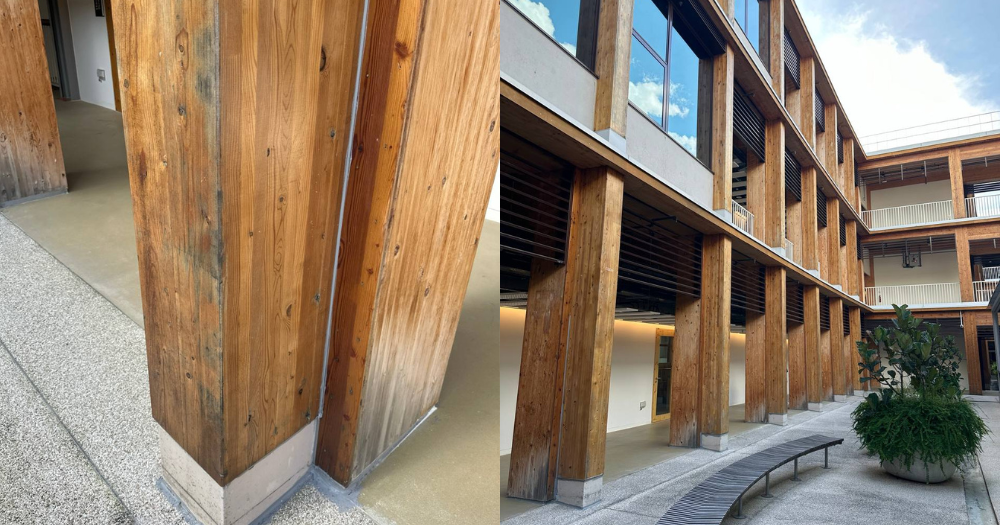
Mould is growing on the walls of the Gaia building in Nanyang Technological University (NTU), raising concerns among students and staff members who occupy the building.
Gaia is Asia's largest wooden building and is made almost entirely from mass timber.
Yet the timber structure of the building also means mould can grow and fester, a problem that companies across the world are all facing, reported Bloomberg.
What is the Gaia building?
The Gaia building, which houses Nanyang Business School, is NTU's eighth zero-energy building.
Launched on May 17, 2023, the Gaia building's sustainably harvested timber beams and panels act as a natural insulator that traps less heat than concrete ones, according to the university's website.
Not only that, the wooden structure of Gaia stores more than 4,535 tonnes of carbon dioxide, after accounting for shipping, reported Bloomberg.
Trees absorb carbon dioxide as they grow, and that carbon remains sequestered when the wood is used in construction.
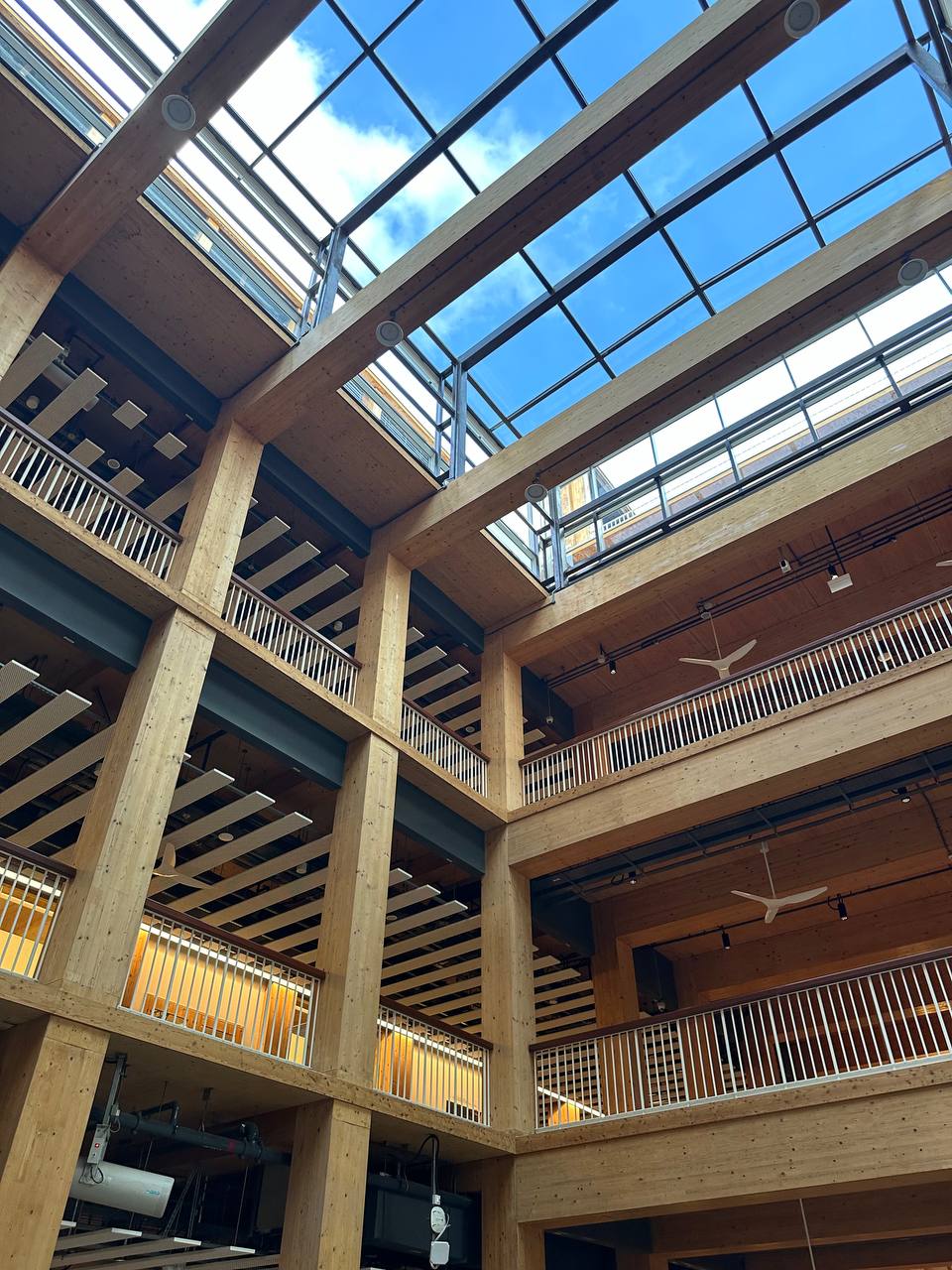 Photo courtesy of Ruth Chai.
Photo courtesy of Ruth Chai.
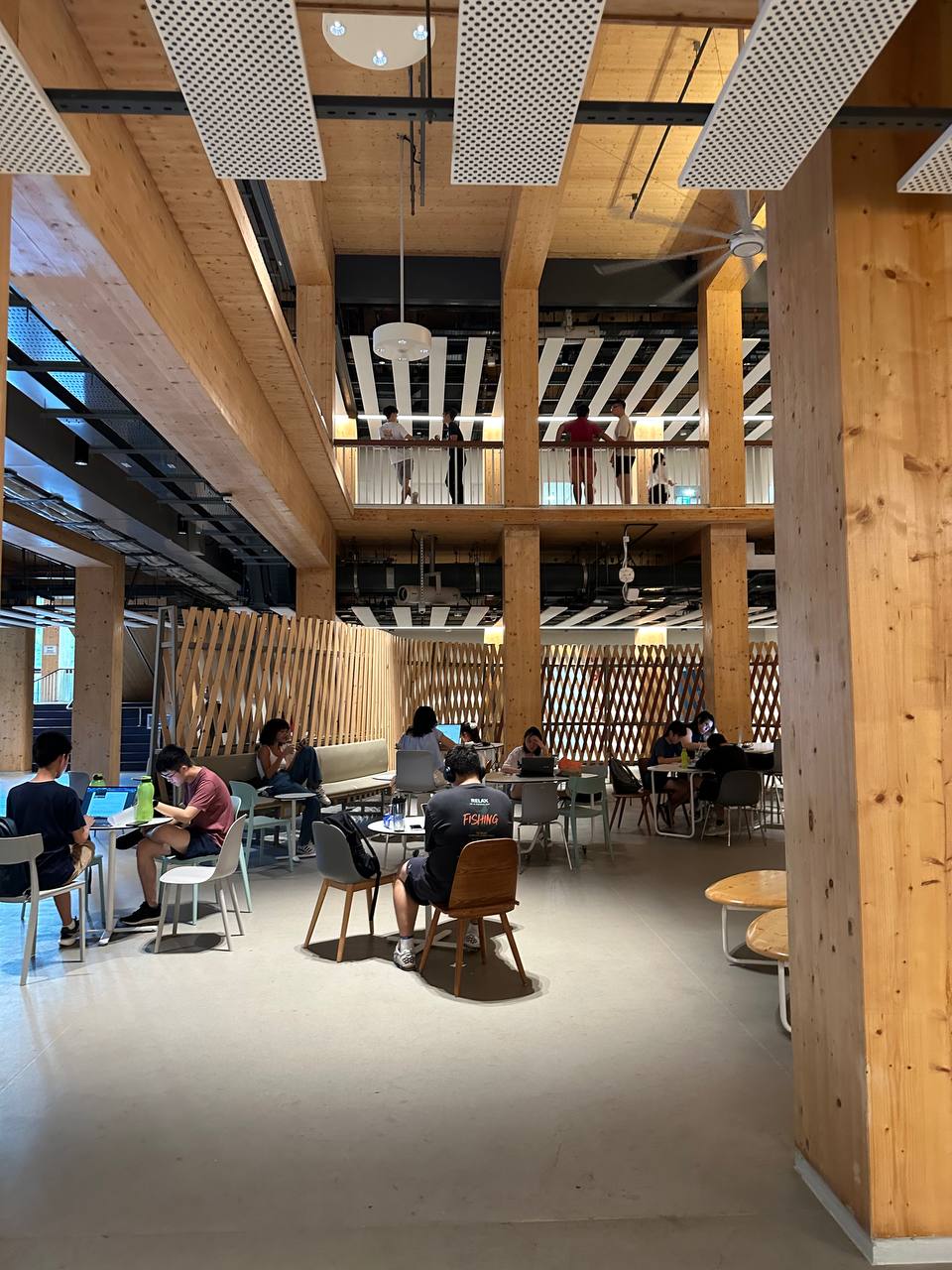 Photo courtesy of Ruth Chai.
Photo courtesy of Ruth Chai.
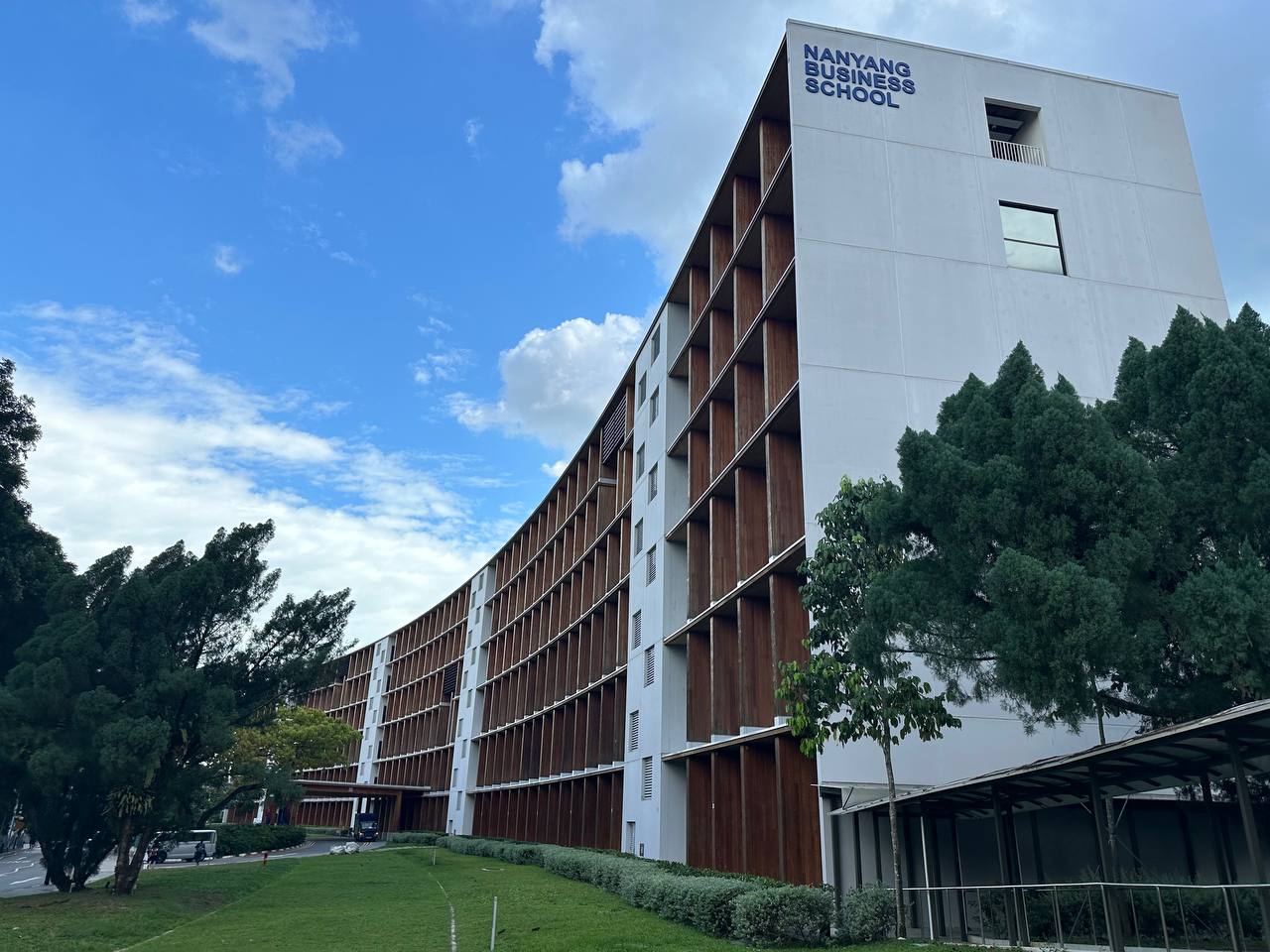 Photo courtesy of Ruth Chai.
Photo courtesy of Ruth Chai.
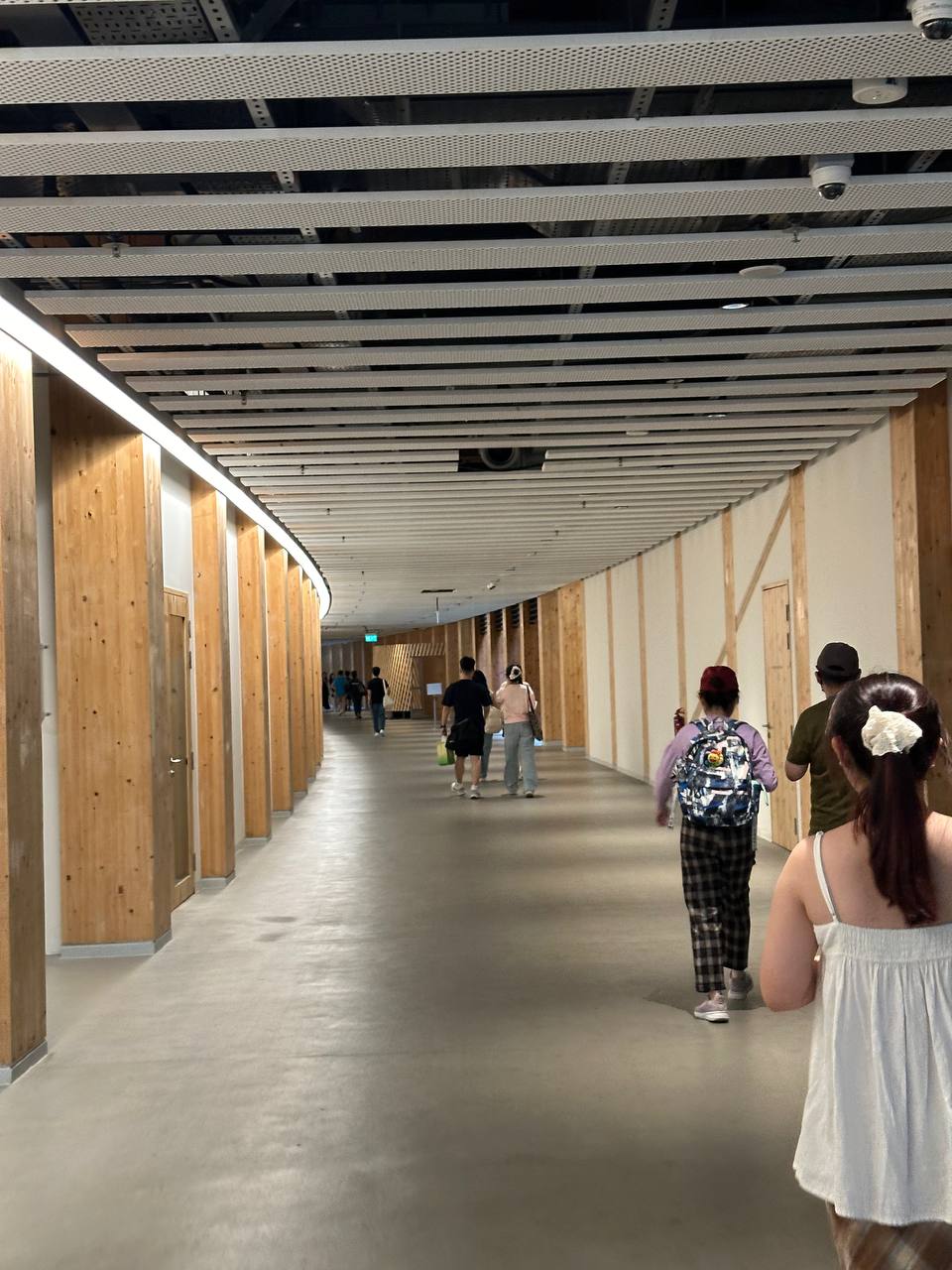 Photo courtesy of Ruth Chai.
Photo courtesy of Ruth Chai.
"A little grossed out": NTU student
However, the sustainable building may contain a little more than just carbon dioxide.
When mould inspector Joey Feng examined the pillars and air vents of the university, she advised the room to be treated immediately.
Concerns have also sparked among students and staff about the mould, with fourth-year student Grace Ng telling Bloomberg that the mould made her feel "a little grossed out".
Another student Lifei Shan told the news agency that he's concerned about the health problems the mould may cause people, while another staff member said he avoids his office as he's afraid the mould will aggravate respiratory issues.
When Mothership visited the site on Aug. 19, the mould was most apparent from floors four to six, with floors one to three having little to no sightings of mould.
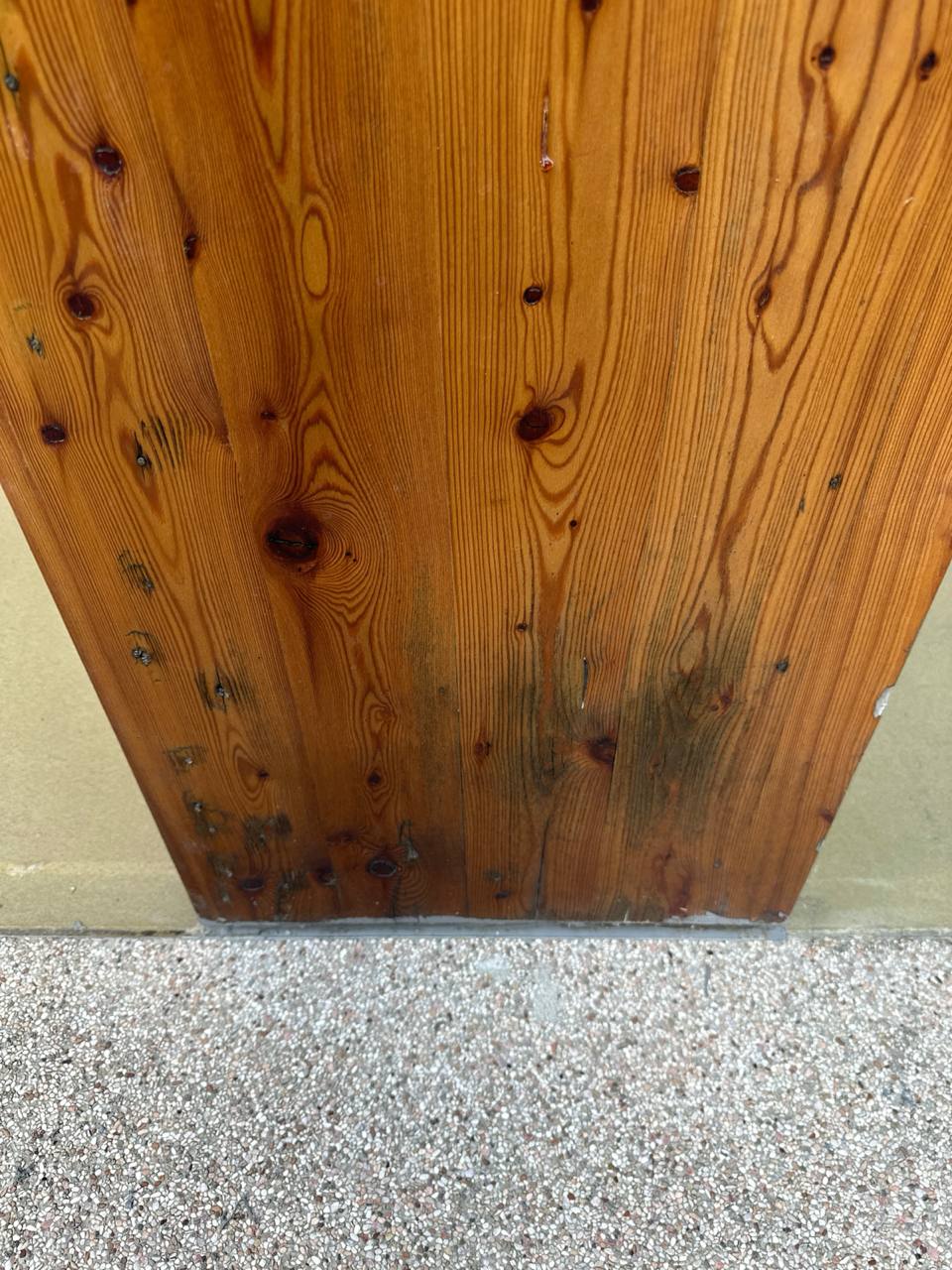 Photo courtesy of Ruth Chai.
Photo courtesy of Ruth Chai.
The wooden pillars on the exterior of the building also appeared to have signs of moulding.
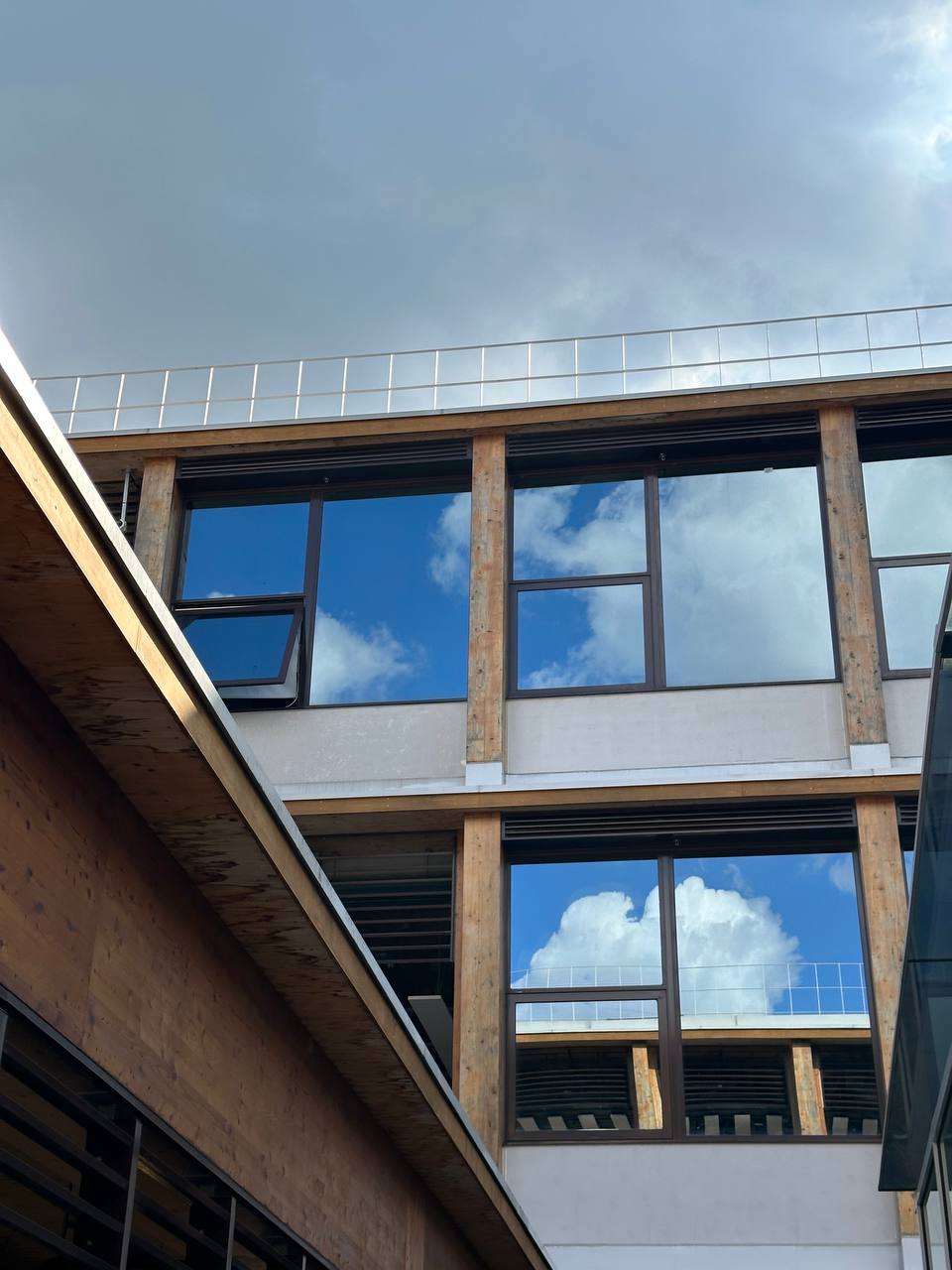 Photo courtesy of Ruth Chai.
Photo courtesy of Ruth Chai.
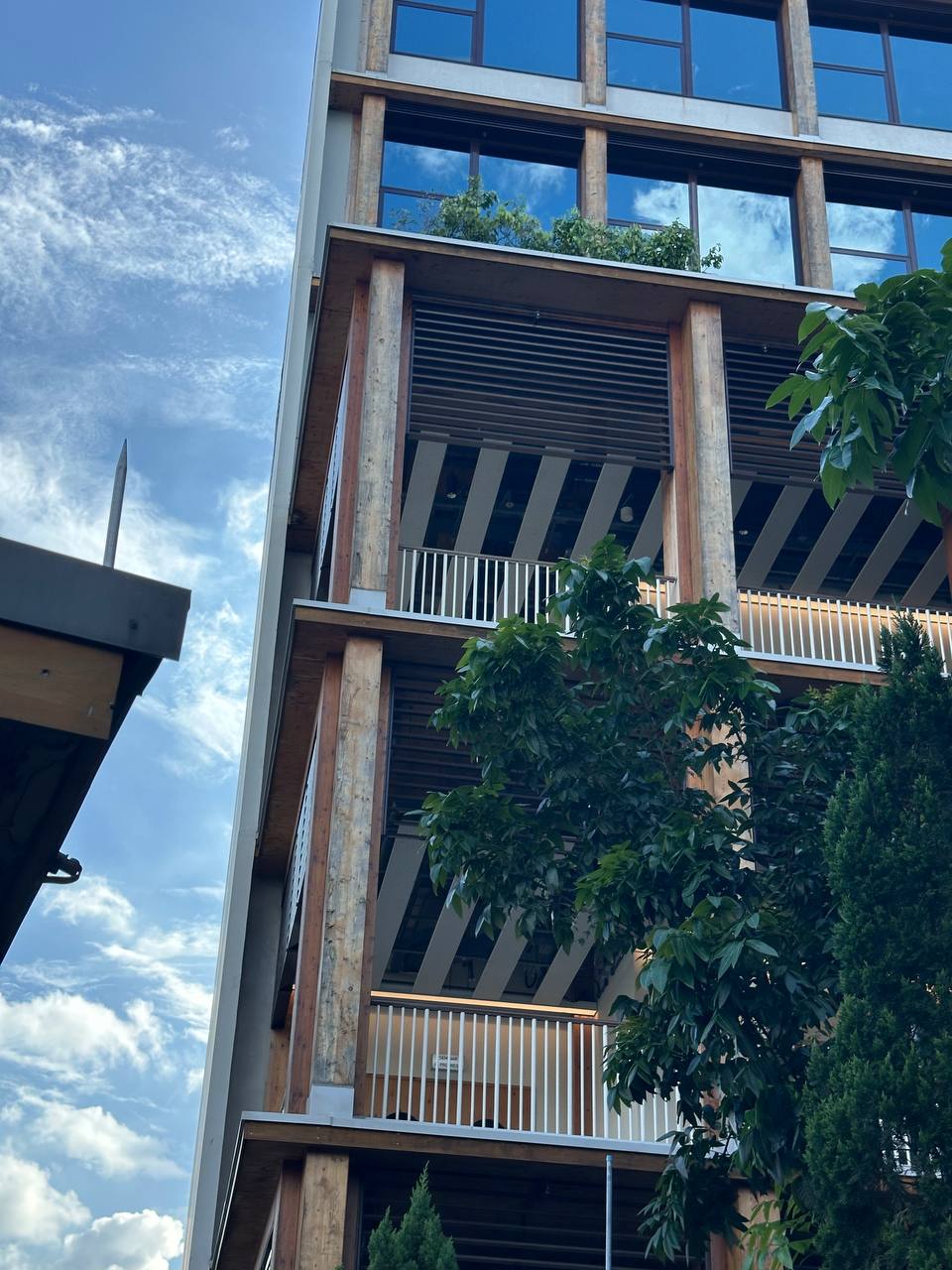 Photo courtesy of Ruth Chai.
Photo courtesy of Ruth Chai.
Why is this happening?
Singapore's humid climate, where the relative humidity frequently reaches 80 per cent or more, is not a good match with Gaia's wood, apparently.
The wood in the building is primarily Austrian spruce, which was manufactured into timber-superthin layers glued into panels and beams.
However, as the spruce has lower resistance to mould compared to other species, Singapore's humidity makes the wood more susceptible to mould and rot.
Such wood was not just used in the Gaia building, with Bloomberg reporting that more than 20 projects in Singapore have used the mass-engineered timber in the past decade.
There have yet to be reports of other buildings experiencing similar mould problems.
Pricing was also a factor that may have influenced the decision to use spruce in the Gaia building.
Hardwood and larch, two types of wood that have greater resistance to mould, were rejected due to cost considerations.
NTU has developed "comprehensive" maintenance plans
According to Bloomberg, the lead architect for Gaia at RSP Architects Planners & Engineers, Loh Kee Soon, said the mould is unlikely to affect the structural integrity of the building.
According to Bloomberg, maintenance plans have been developed by NTU for Gaia, such as reapplying sealant on the timber, adjusting the air-conditioning, and asking staff to keep windows closed to reduce condensation.
Other solutions include treating surfaces with bleach, installing dehumidifiers, and running the air-conditioning constantly, which would reduce how sustainable the building is.
An NTU spokesperson told Mothership separately that "it is common for mould to grow" in "hot and humid Singapore".
The mould "is unlikely to affect the structural integrity of a building."
The spokesperson added:
"In accordance with international best practices, the university has in place comprehensive and continuous maintenance plans for our campus buildings, including Gaia.
Sealant is scheduled to be reapplied on internal and external mass engineered timber surfaces periodically, similar to the repainting regime for reinforced concrete buildings. The air-conditioning system is calibrated to prevent excessive water condensation on surfaces. Building users are also advised to keep windows and doors of air-conditioned rooms closed to further mitigate condensation. The university continues to monitor the condition of our buildings and will take necessary measures to mitigate any issues accordingly."
In a joint media statement sent to Mothership by Loh and Tan Swee Yong, principal architect and director for projects at NTU, they said “the choice of construction materials was jointly made as a team" and it involved "balancing sustainability considerations, suitability, performance, costs, and aesthetics”.
The statement added: "As one of the first in the tropics to have a building made of wood, we continue to learn more about how climate differences affect these buildings’ conservation, preservation, and aesthetics."
"The indoor air flow, air conditioning and humidity all contribute to the incidence of mould. We continue to monitor and calibrate the temperature and air-circulation at Gaia to reduce the risk of mould occurring."
Loh and Tan added that Gaia most recently passed the indoor air quality tests in February 2024 and another will be conducted in September 2024 “in the interests of the health and safety of our employees and students.”
All photos courtesy of Ruth Chai.

MORE STORIES


















